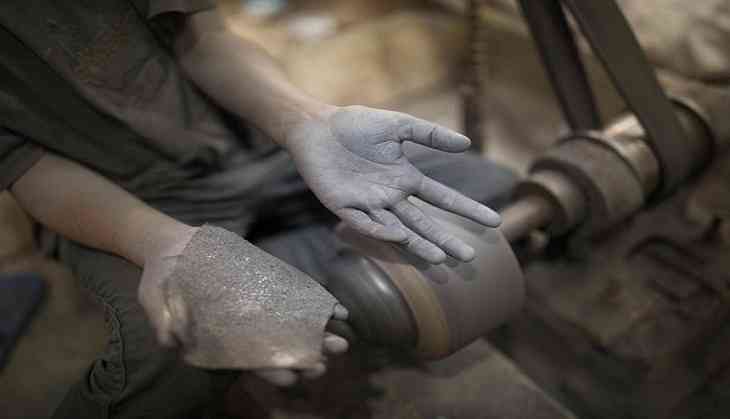1.7 million bonded labourers in Pakistan's Sindh, 700,000 are children: Report

As many as 1.7 million bonded labourers are there in Pakistan's Sindh province, a non-governmental organisation said on the occasion of World Day Against Child Labour.
Out of the 1.7 million, 700,000 are children, working under indecent and inhumane working and living conditions imposed on them by their landlords, the Dawn newspaper reported citing Hari Welfare Association (HWA).
Over 6.4 million children are out of school in Sindh, most of them engaged in the worst forms of indecent child labour, HWA said.
From 2013 to 2021, on the orders of courts in Sindh, 3,329 children were released along with their adult family members from the custody of landlords in the agriculture sector, according to the data collected by the HWA.
"Besides the agriculture sector, children under 15 years of age are exploited, abused, and tortured in bangle, brick kiln, fisheries, auto workshops, cotton picking, and chilli picking sectors/activities in the province," Dawn quoted HWA's president Akram Khaskheli as saying.
The HWA president said that the relevant authorities had completely ignored the future of these children adding that most of them work as domestic slaves and their wages are paid to the agents, which pay nominal money to their parents.
According to Khaskheli, the government's sheer ignorance and absence of policy and plan to eradicate child labour have also added to the miseries of children. "The government is good at introducing laws, but worst at implementing these laws," he said.
Roughly 160 million children were subjected to child labour at the beginning of 2020, with 9 million additional children at risk due to the impact of COVID-19, according to United Nations Children's Fund (UNICEF).
This accounts for nearly 1 in 10 children worldwide. Almost half of them are in hazardous work that directly endangers their health and moral development.
Children may be driven into work for various reasons. Most often, child labour occurs when families face financial challenges or uncertainty - whether due to poverty, sudden illness of a caregiver, or job loss of a primary wage earner.
"The consequences are staggering. Child labour can result in extreme bodily and mental harm, and even death. It can lead to slavery and sexual or economic exploitation. And in nearly every case, it cuts children off from schooling and health care, restricting their fundamental rights and threatening their futures," UNICEF said this week.
(ANI)

